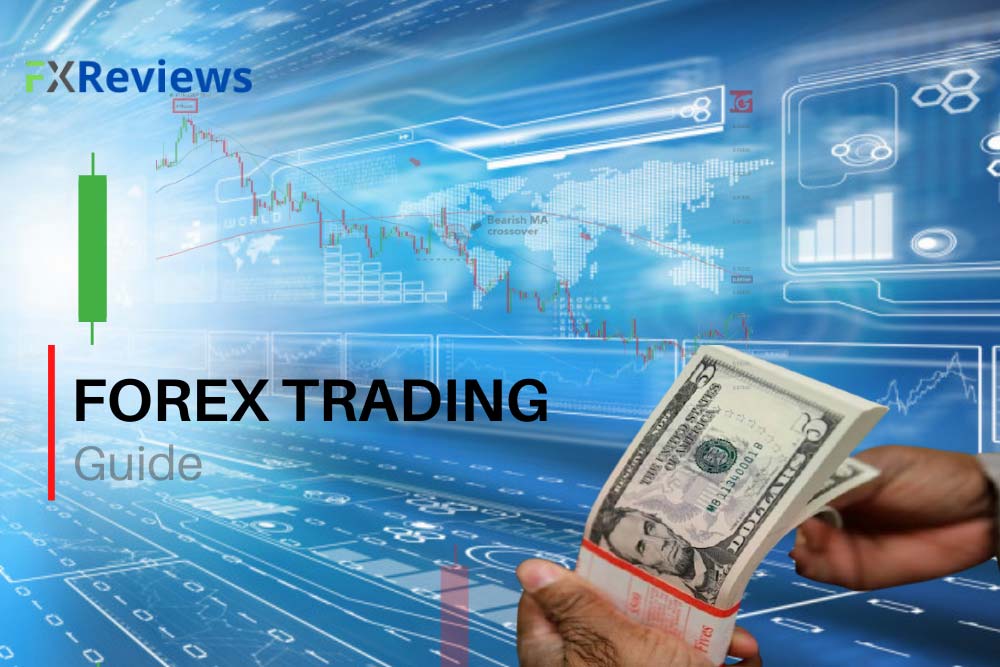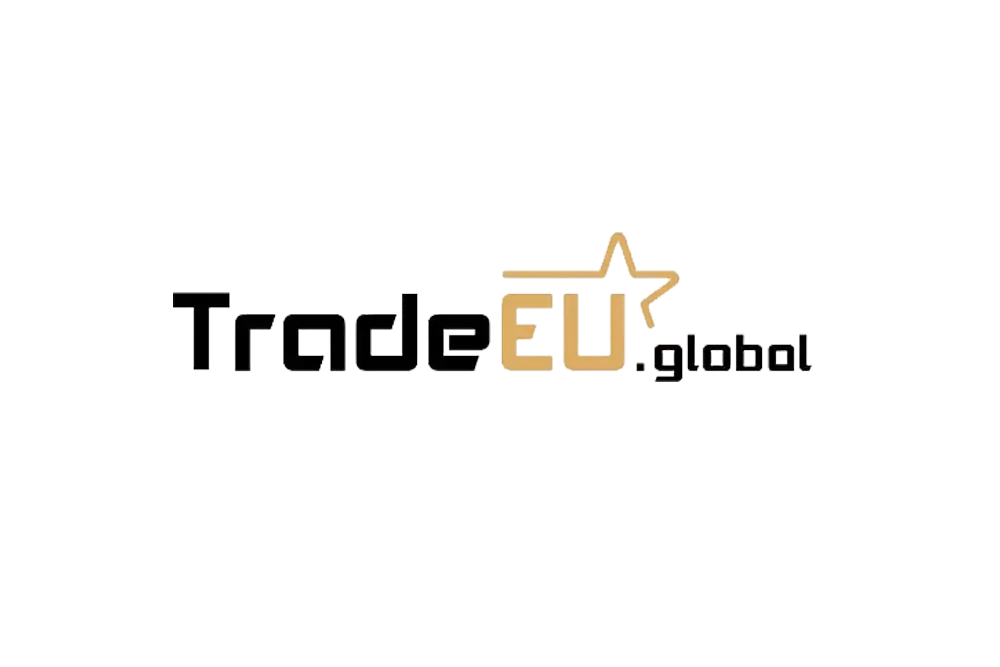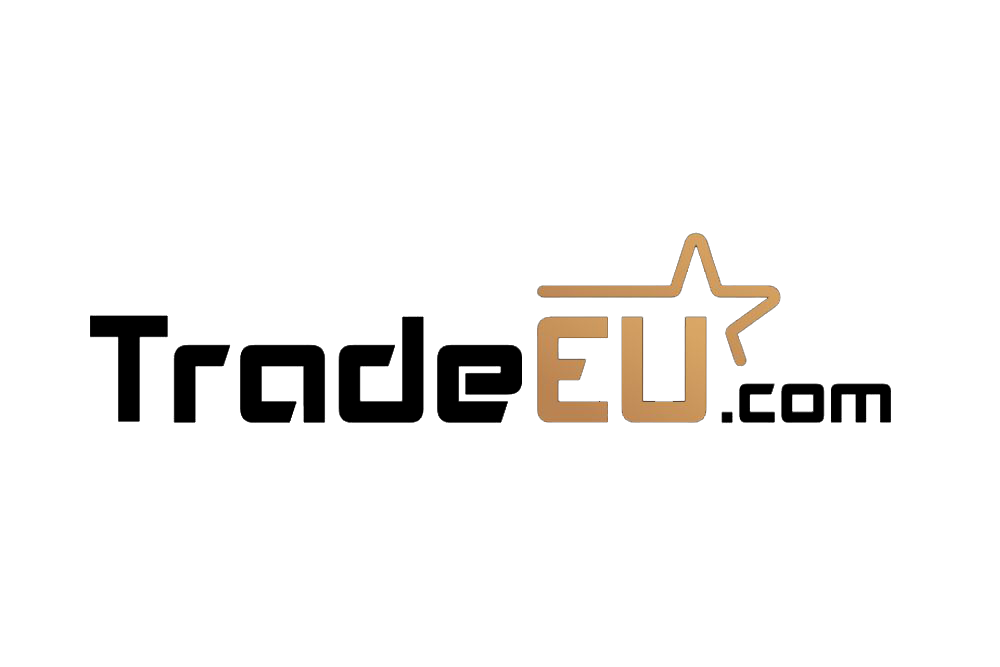The Forex market is the most traded financial market in the world with a daily turnover of more than 5 trillion dollars. Forex market is a foreign exchange market where exchange (buying and selling) of currencies takes place.
Now see the big picture, there are over 195 countries in the world and every country has its own, different currency. So, there is a requirement of currency exchange, whether it is foreign trade, tourism, or anything that requires an exchange of currency. That is why the currency market is the biggest market in the world.
Forex is one of the most liquid markets in the world. You can understand the immensity of the forex market that the money traded in the currency market is way more than the total GDP of some nations because people trade currencies continuously from all over the world, on all regular business days and without any restrictions.
Gone are the days when people used to visit foreign exchanges for exchanging their currency. Now, there are various platforms available that make it easy to convert currency and its trading. Now, with the help of these online currency exchange platforms, traders can trade in currencies easily. Here, in this article, we will discuss the terminologies used in forex trading, buying and selling of currencies.
Currency Pairs:
Currency pairs are the most important part of the foreign exchange market. A pair consists of two currencies. The first currency in a currency pair is known as the base currency, and the second one is the quote currency. However, the facility of exchanging is available with almost all currencies, but major currencies get used in trades mostly.
Currencies that are most traded include the Australian dollar, the U.S. dollar, the Japanese yen, the British pound, the Canadian dollar, the euro, the Swiss franc and the New Zealand Dollar.
The price fluctuation of a currency pair basically calculates the value of one currency against another currency. The currency pairs are divided into three categories: Major, Minor and Exotic.
A major currency pair will include the US dollar as an important component. For example EUR/USD, USD/GBP, USD/CAD, USD/JPY, NZD/USD etc. On the other hand, minor currency pairs do not include the US dollar. For example, CHF/EUR, AUD/ZD, JPY/EUR, GBP/EUR, etc. And the last, exotic currency pairs are those currency pairs which are not a part of big economies of the world—for example, the Chinese Yuan, the Indian Rupee, the Rubble, the Hong Kong Dollar, etc.
Ask and Bid Price
When you explore a forex trading platform, the second thing you will encounter after a currency pair is Ask and Bid price. The bid price is the price on which a buyer is likely to buy a currency. And an Ask price is a price on which a seller is eventual to sell.
Or in simpler words, the Ask price is the price at which a seller or dealer is ready to sell the same currency, and the Bid price is the rate at which the buyer is willing to purchase a currency.
Must-Know Terms of Forex
The world of forex is full of surprises for newcomers, but these surprises can turn into bad surprises when they are not aware of the terminologies of forex trading. Here are some common and must-to-know terms of forex that a trader should know.
What Is a Pip?
A pip is a ubiquitous term in the forex world, that indicates the change in the value of two currencies. For example, a currency pair EUR/GBP is priced at 1.2164, and then it moves to 1.2165. So, the difference between these two prices, which is .0001 is denoted by one pip.
A currency’s last decimal place of a quotation is known as a pip. Most pips are stated in conventional two or four decimal places. Also, some pips are also quoted at three and five decimal places. For example, the USD/GBP price is 1.25147 and then moves to 1.25148; in such case, the .00001 change gets denoted by one pip.
What Is a Spread?
A spread is a difference between the buying and selling prices of currencies. For instance, the bid price of USD/EUR is 1.15462, and the Ask price is 1.15463, then in this case, the spread would be 0.0001 or one pip.
For a profitable trade, the price of the currency pair needs to cross the spread. For instance, in the above example, the trade will be profitable only if the price of the currency will rise or fall respectively, according to the trade(long and short).
In major currency pairs, the spreads are thin so that the traders can make a good profit easily on small price movements. While in minor currency pairs the spreads are usually higher. For example, the bid price of USD/CZK is 24.5456, and the Ask price is 24.5256; then, in this case, the spread is 0.0200 or 200 pips.
What is Margin?
Margin is referred to as the number of funds in a trading account which allows a trader to open trades of a particular given size. Or in other words, the margin is a genuine deposit in a trading account that works as collateral of trading. Margin is neither a transaction cost nor a fee for trading.
The amount of margin is needed at any moment to open and hold a position. An increase in trade size will call for more funds to hold a position. Most of the retail forex traders do lack in the necessary margin that is essential to trade high volumes; this further triggers traders to offer leverage.
What is Leverage?
Leverage is an amount which is provided by the broker to support a trader’s trading volume. For instance, a 1:100 leverage means that if a trader starts initially with $50 then with 1:100 leverage, the trader can trade worth $5,000.
Leverage could be as harmful as it is beneficial. Let’s understand it this way; in case of a flourishing, this 1:100 leverage would maximize the profits of a trader. And unfortunately, if the tables have turned then the same leverage will multiply with the loss of a trader. That is why leverage works as a double-edged sword.
How to Trade Forex?
The process of trading forex is quite easy and straightforward. You can start trading forex in simple five steps.
1. Open a trading account
The first requirement of forex trading is a trading account. Most of the brokers offer a free demo account with virtual money, some offer a good library of educational material, and some offer an impressive leverage ratio. So, it is up to you which broker you choose according to your requirements. Here we have attached a list of top brokers for forex trading.
2. Fund your account
Now, you have opened the account; the next step is to fund your account. If you are just starting as a beginner, we advise you to fund your account according to your risk-taking capability. So that in case if you lose, then you can handle the loss otherwise it will be a blunder.
3. Choose a currency pair
You can choose a currency pair according to the funds in your account. Most of the traders start to trade with common currency pairs, but you can trade any pair you like.
4. Analyse the market
Analysis and research are the foundation of every type of trading. Without any analysis and research, you will trade according to your emotions, and that will not end up well. So, keep control over your emotions and do firm research before the start of trading.
5. Pick your position
Now choose a position for your trades. You can choose between by and sell a position, or you can choose between long and short positions. It totally depends on how you speculate. Unlike stocks and other assets, in forex, you can contemplate and trade on both UP and DOWN.
Benefits of Forex Trading
- Unlike other financial markets, forex markets remain open all hours on all business days without any restrictions. So when a trading day closes in New York, then a new trading day starts in Tokyo.
- Forex trading offers high levels of liquidity as compared to other markets. And it makes it easier to enter or exit the market.
- Unlike the share market, there is no need to go through an intermediary.
- There are no clearing fees, government fees, exchange fees, or commissions in forex trading. That is why it is considered as a low-cost market which allows people to earn good profits.
- Forex brokers offer a good leverage ratio to the traders in most of cases. So, with a capital of $50 and an average leverage ratio of 1:10, a trader can open a position of around $500.
Disadvantages of Forex Trading
- Like other markets, forex markets also involve risk, and a high level of leverage can add an extra burden over that.
- The price movement is a bit difficult to speculate for beginners. Also, there is a critical need for technical indicators knowledge for price determination.
- In the forex market, high levels of volatility work as a forerunner for the disaster it will lead to uncontrolled price fluctuations.
The Bottom Line
When done in the right way, forex trading gives significant and promising returns. But do not forget that it is a double-edged sword. So, one can lose a tremendous amount of money in case of a single small mistake. And one can make a massive profit by taking the right step at the right time. Before starting forex trading, one must be technically equipped, mentally strong, and must have a hawk’s eye for understanding the possible price fluctuations.


